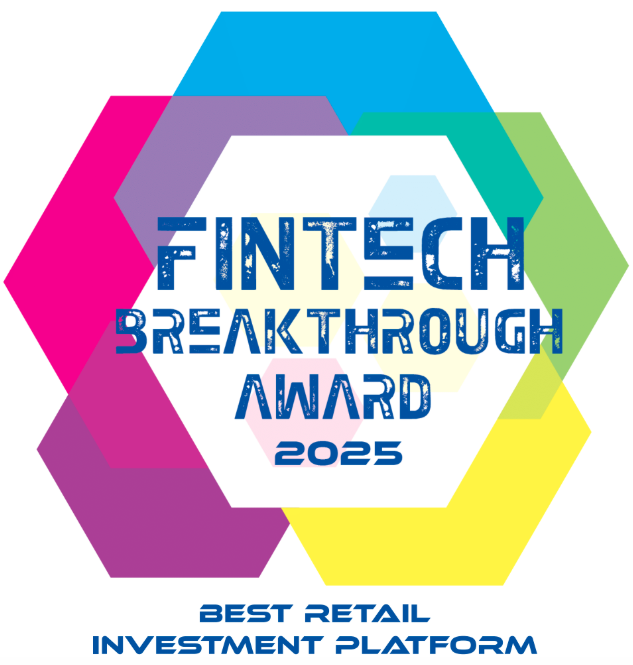In the aftermath of SVB’s collapse, many are wondering what the broader ramifications will be for the private markets. SVB was undoubtedly a core partner to the startups and venture firms that make up the innovation economy; their absence will be felt. However, already we’re seeing the stabilization of the private market as participants adjust to this new normal. If one thing is true in the world of startups, it's that change is constant and adaptation is core to both survival and growth. We’re seeing this adaptation amongst investors, private companies and shareholders within our ecosystem play out in a handful of ways.
At EquityZen, we have a unique lens into the direct impact the market moves of the past few weeks have had on private markets. For investors, the focus has been on slowing down. Many have diverted attention from new investment opportunities to supporting and protecting existing investments. Venture firms have spent the past few weeks focused on making sure their portfolio companies have access to cash and are safe from broader macro risks.
Now that the market is stabilizing with initial triage steps taken, institutional investors are doing enhanced due diligence on new investment opportunities. This adds an additional speed bump to a fundraising environment that has already slowed down considerably. Whereas due diligence, in some cases, was more a formality than a practice in 2021, the current market calls for a deeper dive. From stress-testing the credit of a company’s banking partners, to understanding how cash flows through these businesses, there is a new focus on financial and cash management. While cash management is not the key factor that will define tomorrow’s winning companies, it is now a requisite. The best, most promising companies will still continue to get funded, but investors will take their time.
Many founders are facing the first non-bull market for their companies. Learning about past recessions, how companies weathered those periods, stress-testing and amending business plans to reflect the market environment have all become necessary practices. In the past, startups could count on SVB’s venture lending arm to bolster their balance sheets. When rates were low this was a no-brainer. It’s unknown if someone will come in to fill SVB’s shoes, but in the meantime, startups have less access to capital, both in equity and debt forms, than they did a year ago. Without easy money, many startups are adjusting their spending to weather this period. Later-stage companies that have proven the validity of their businesses with strong market fit, are managing their spending and further delaying IPO plans. Now, it’s a matter of riding out this market cycle, however long it lasts, with a longer-term view towards growth.
Startup founders have also been force-fed a crash course on how the FDIC and banking industry works. Many lament that it’s been an unproductive few weeks, but the renewed focus on cash management should help de-risk the industry as a whole. Given rising rates, many shrewd founders had already moved capital into money market accounts to generate returns prior to SVB’s collapse. This will become an even more widely adopted practice going forward, and one that may help prevent future bank runs.
As always, challenges create opportunities and this environment will also lead to increased M&A for market leaders. Other companies will come to accept that down rounds and “cram-downs” are a reality of the times, capitulating on fundraising terms that reflect the current market.
For those active in the secondary market, this should come as no surprise.
At EquityZen we’ve seen companies trading at an average discount of 40% (to the last funding round’s valuation) over the past several months, a trend that has leveled out and has largely mirrored the valuation corrections seen in the public markets in 2022. Last year, private companies with ample cash declined additional capital at a discount because they didn’t need to. As time passes and the public markets remain largely closed, more private companies will raise at lower valuations, which in turn will reset prices. This is a trend we’re already seeing amongst some large, decacorn companies. In the broader lifecycle of a growing business, we see this as a healthy (and prudent) adjustment, one that actually brings relief and allows a company to focus on their core business. For the private secondary markets, these new funding rounds should increase confidence in the market.
Finally, the past few weeks have solidified the importance of liquidity for shareholders. Companies will continue to stay private for the foreseeable future and shareholders will continue to have liquidity needs that don’t align with a company’s exit plans. SVB’s collapse has accelerated shareholder’s interest in partial liquidity for the purposes of portfolio diversification and risk management. With more individual shareholders taking this opportunity to diversify, we expect to see the individual investors who have been waiting on the sidelines re-enter the market to invest in the companies shaping the future.
SVB’s collapse has been the exclamation point to the ongoing market reset we’ve witnessed over the past year, and I believe that we are close to being on “the other side” of this historic moment in the market. As the market stabilizes, I think we’ll see a renewed sense of optimism from those that have weathered the storm. Volatility remains, yet businesses continue to grow, innovate and create opportunities. In the near-term absence of IPO liquidity, the private secondary market will remain the crucial venue for both investors and shareholders seeking access to investments and liquidity. While the broader impacts of SVB’s collapse are yet to be seen, we are excited to continue growing the private market ecosystem.








